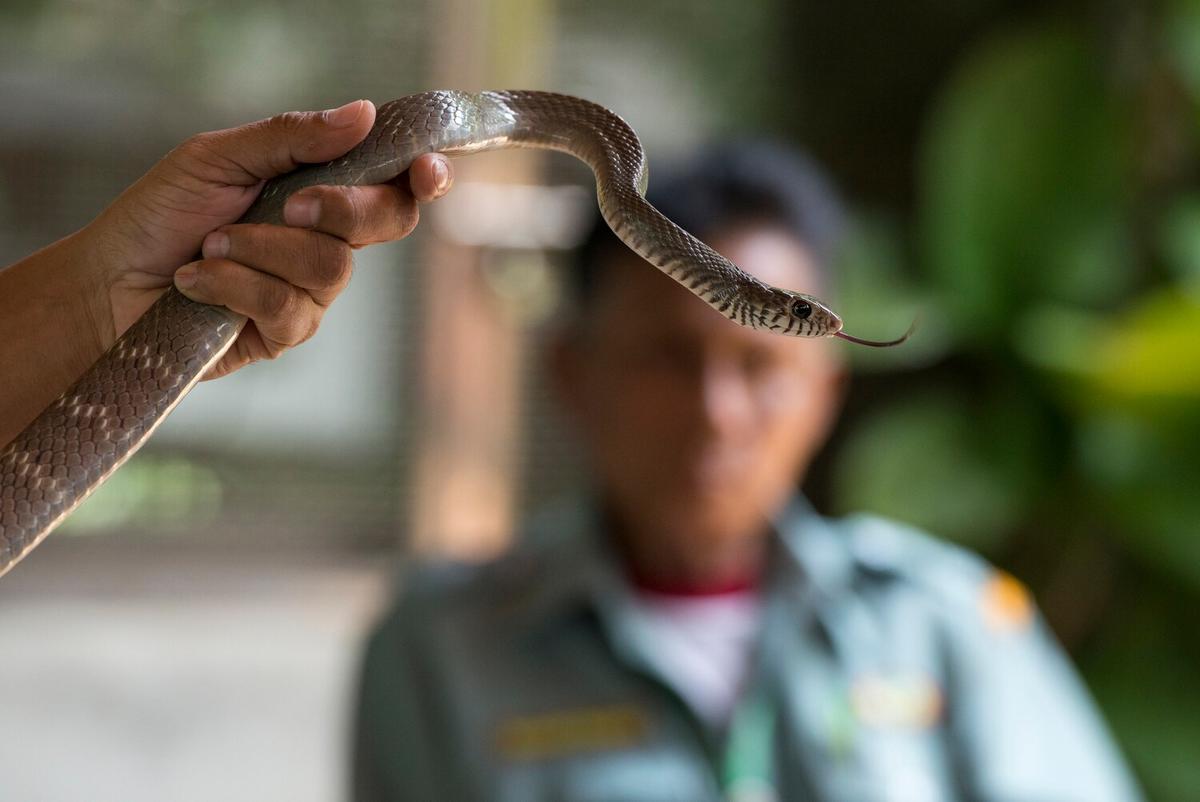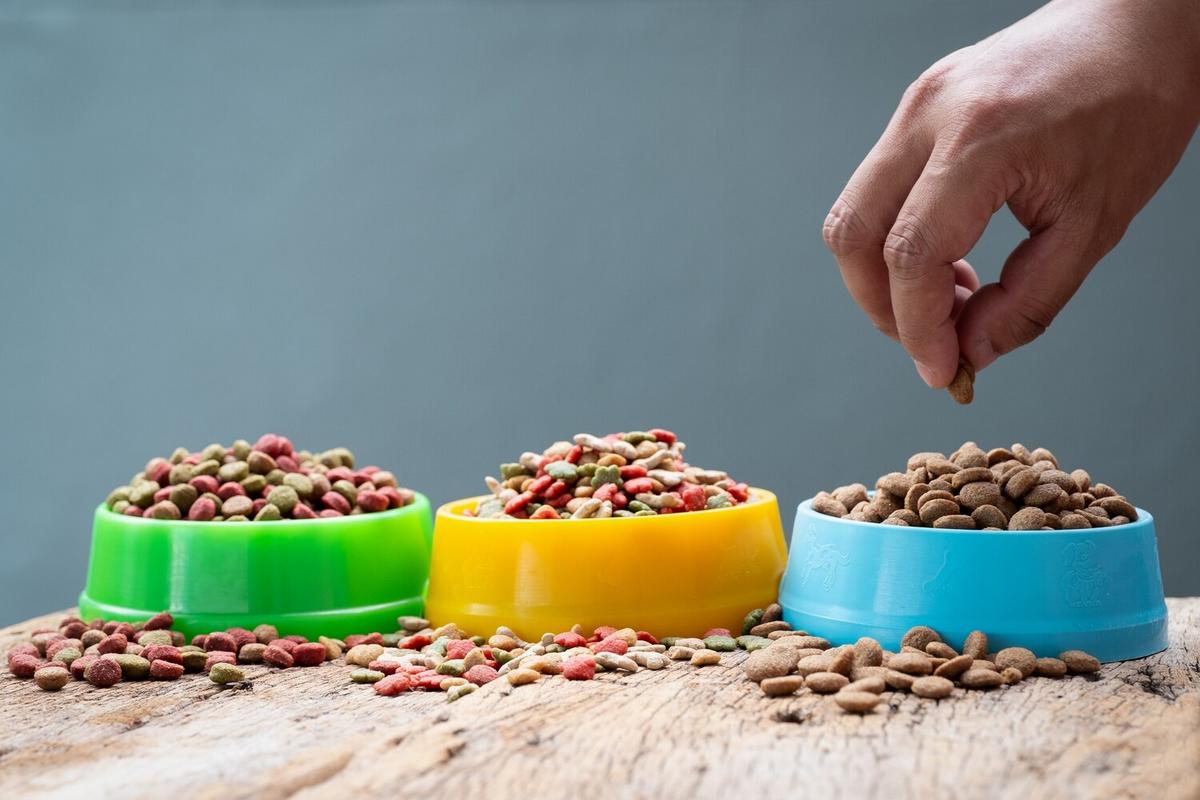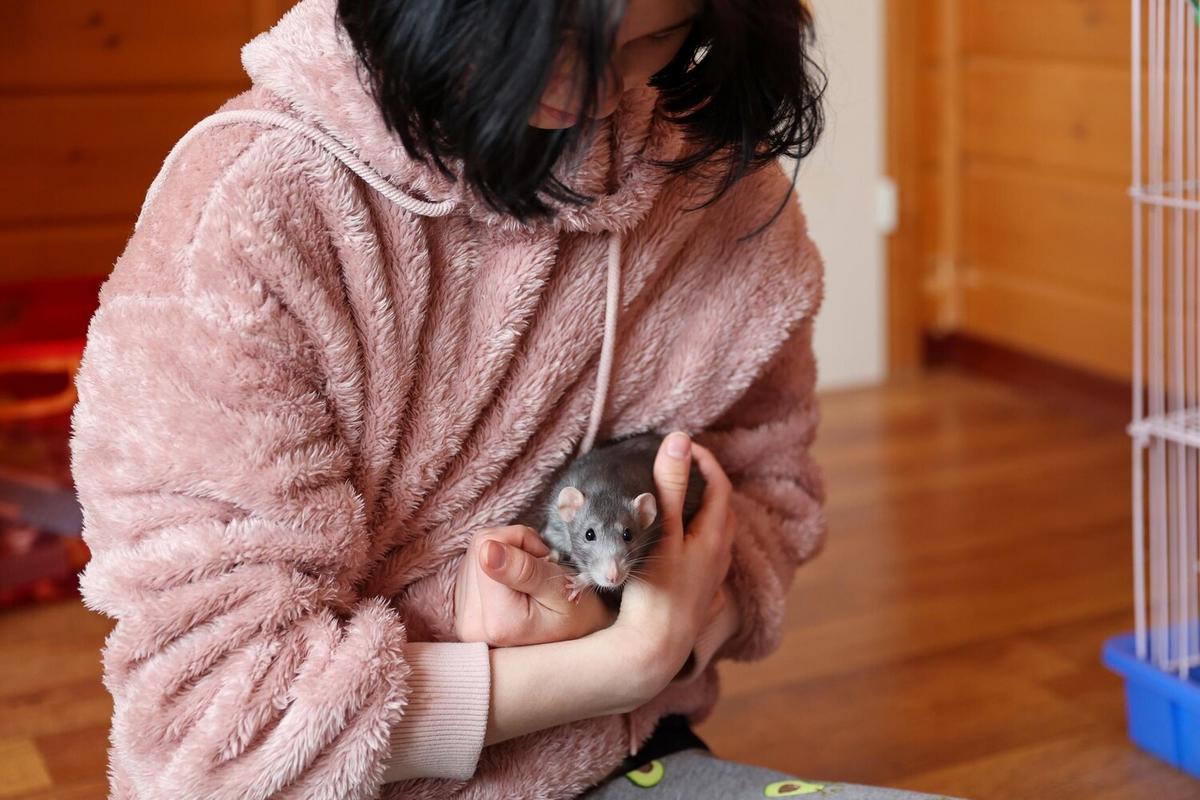
Safety Tips for Handling Pet Snakes
Welcoming a pet snake into your home is an exciting venture, but it also comes with a unique set of responsibilities. Ensuring the safety of both you and your scaly friend is paramount, and understanding how to handle snakes properly is a crucial part of responsible exotic pet care.
Understanding Snake Behavior
Before handling your pet snake, it’s important to understand its natural behavior and instincts. Snakes are generally solitary creatures and may react defensively if they feel threatened. Observing your snake’s body language can give you clues about its mood and readiness to be handled.
Expert Advice
According to herpetologist Dr. Emily Roberts, “Snakes communicate through body language. A relaxed snake will have smooth, flowing movements, whereas a stressed snake may hiss or coil tightly.” This insight helps pet owners identify the best times to interact with their pets.
Statistics on Snake Handling
Research suggests that over 50% of snake-related injuries occur due to improper handling. This statistic highlights the importance of learning correct techniques to ensure a safe experience for both the handler and the snake.
Personal Experiences
Consider the experience of Mark, a seasoned snake owner, who once shared, “I learned the hard way that patience is key. Rushing to handle my snake before it was accustomed to its new environment led to a defensive bite.” His story underscores the importance of patience and gradual acclimatization.
Safe Handling Tips
- Wash Your Hands: Always wash your hands before and after handling your snake to prevent the spread of bacteria.
- Use Gentle Motions: Approach your snake with slow, deliberate movements to avoid startling it.
- Support the Body: Use both hands to support your snake’s body, ensuring you’re not squeezing too tightly.
- Read the Signs: If your snake shows signs of stress, such as hissing or excessive movement, give it some space.
Pro Tip: Always handle your snake at least 24 hours after it has eaten to avoid regurgitation.
Comparison of Snake Breeds
| Breed | Temperament | Handling Ease | Care Level |
|---|---|---|---|
| Corn Snake | Docile | Easy | Low |
| Ball Python | Calm | Moderate | Medium |
| King Snake | Curious | Easy | Low |
| Boa Constrictor | Docile | Challenging | High |
| Milk Snake | Nervous | Moderate | Medium |
| Garter Snake | Lively | Easy | Low |
| Green Tree Python | Temperamental | Challenging | High |
| Reticulated Python | Independent | Challenging | High |
Frequently Asked Questions
How often should I handle my snake?
It’s recommended to handle your snake a few times a week to build trust, but avoid daily handling as it may cause stress.
What should I do if my snake bites me?
Remain calm and gently remove the snake. Clean the wound thoroughly and seek medical attention if necessary.
Can snakes recognize their owners?
While snakes do not recognize owners in the same way mammals do, they can become accustomed to your scent and handling.
Conclusion
Handling pet snakes safely requires understanding, patience, and respect for their natural behaviors. By following the tips outlined in this article, you can create a safe and enjoyable environment for both you and your pet. Embrace the journey of exotic pet ownership with confidence, and continue learning and adapting to meet your snake’s needs.


